
This article, first published in 2005, has been reformatted for 2015.
Ceuse's long thin band of grey, ochre and steel blue limestone is often said to be the best sport climbing crag in the world. The validity of this statement is enhanced when its nearby cousin's in the South of France pale when comparisons are made with perhaps the exceptions of the Gorges du Verdon and Buoux.
Céüseis positioned within easy reach of the southern French and Italian Alps and is easily viewed about 10km south west of the town of Gap.The climbing at Ceuse is all about long single pitch sports routes with a smattering of multi-pitch outings on its larger Grand Face. The rock is immaculate pocketed limestone with almost no loose rock or vegetation and is supplied with stunning blue and grey lines. The style of climbing usually involves a big helping of stamina and a willingness to climb between the good but often well spaced bolts. Grade wise Ceuse has always been promoted as a crag for those operating at the highest grades but this gives a skewed impression as there are now many routes in the grade range from 6a to 6c.
The unbroken line of crags that make up the various sectors at Ceuse are at an altitude of around 7000ft. Due to the altitude and the proximity of the massif to the main Alps the climbing season at Ceuse runs between late spring and autumn. Don't be tempted to go too early after a heavy snowfall winter as seepage and cornice danger are possible (the area above the crag is a ski area). Sun and shade are to be found in equal measure with the left side getting shade in the morning. The altitude keeps the air temperature manageable during the summer but the walk in is best done before the heat of the day kicks in.
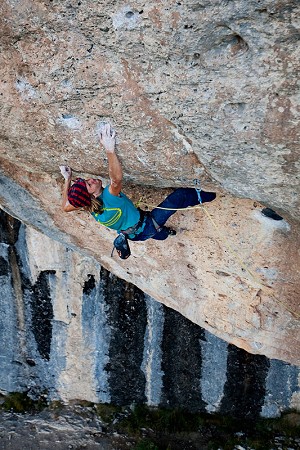
Logistics
Within an hour and a half of a number of low cost airline destinations Ceuse is easily within the striking distance of those searching out a quick hit from the UK. A car is required to get to the great camping site, but from the camping no driving is required, however be warned the base of the crag is an hours walk car or not.
When to Go
Being at an altitude of around 7000ft and not too far from the Alps climbing at Ceuse is restricted to the period between late spring and autumn. Sun and shade are to be found in equal measure and the altitude keeps the air temperature manageable during the summer.
How to Get There
Many of the UK based Lo-cost airlines fly to destinations that surround the Ceuse area. The main locations are Nimes, Marseille, Nice, Grenoble and Turin. Expect to pay between £10 and £150 for the return flight from the UK. Ryanair and Easyjet are the main flight providers for the region.
Accommodation Advertise here
No Premier Listings found in this area
Food
There is a small amount of food available from the campsite and in the village of Sigoyer. Large supermarkets are located in Gap along with many restaurants and bars. The small hotel in Sigoyer has a bar and restaurant.
Guidebooks
Rockfax Guide - France: Haute Provence
Supplies
Gap is the spot for all food requirements. Gear shops are located in the central area of town (see guidebook). A Decathlon is located on the road out of Gap in the direction of Briancon.
Outdoor Shops Advertise here
No Premier Listings found in this area
Other Activities
You could spend an equally worthwhile trip without tying on to climb! Lovely villages stunning Walking and Mountain Biking, White Water thrills plus the Ecrins and its 4000m peaks just up the road.
Instructor/Guides Advertise here
No Premier Listings found in this area
About Mark Glaister
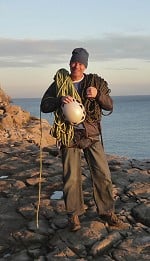
- REVIEW: Virgin on Insanity by Steve Bell 15 Jul, 2016
- REVIEW: Edelrid Jay II and Jayne Harnesses 12 Jan, 2015
- ARTICLE: Five of the best VS Routes in the UK? 1 Dec, 2014
- REVIEW: Sherpa Lakpa Rita and KritiTech Shell Jackets 27 Oct, 2014
- REVIEW: Inner Hebrides and Arran Guidebook 4 Jul, 2014
- The Primus ExpressLander Stove 8 Feb, 2013
- The Beta Stick Compact 30 Nov, 2012
- REVIEW: Locking Gate Karabiners With Added Safety Features 27 Nov, 2012
- World Climbing: Rock Odyssey by Simon Carter 13 Mar, 2012
- The Evolv Shaman Rock Shoe 6 Jan, 2012



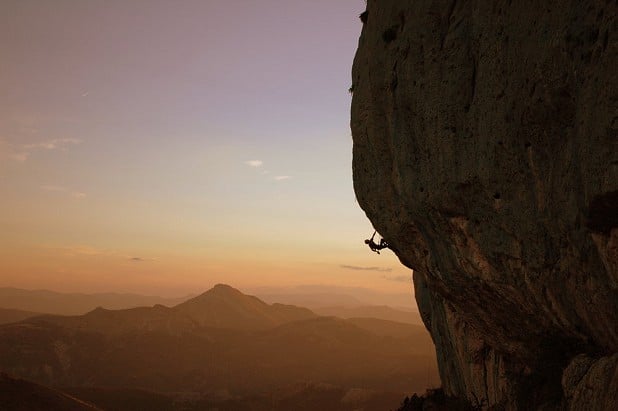

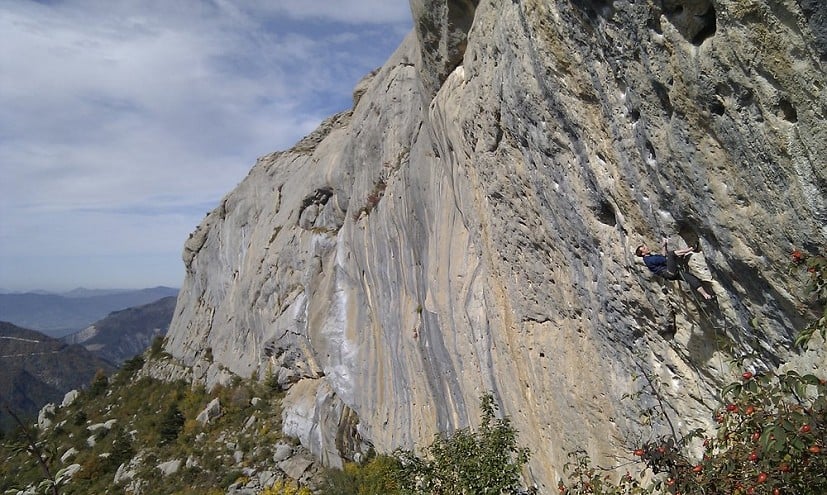

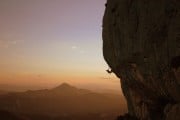
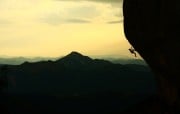

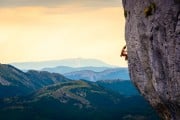

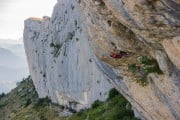
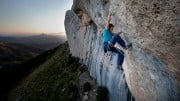
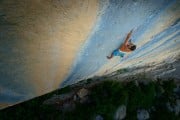


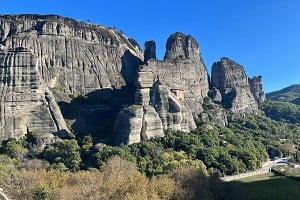
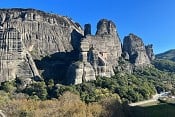





Comments